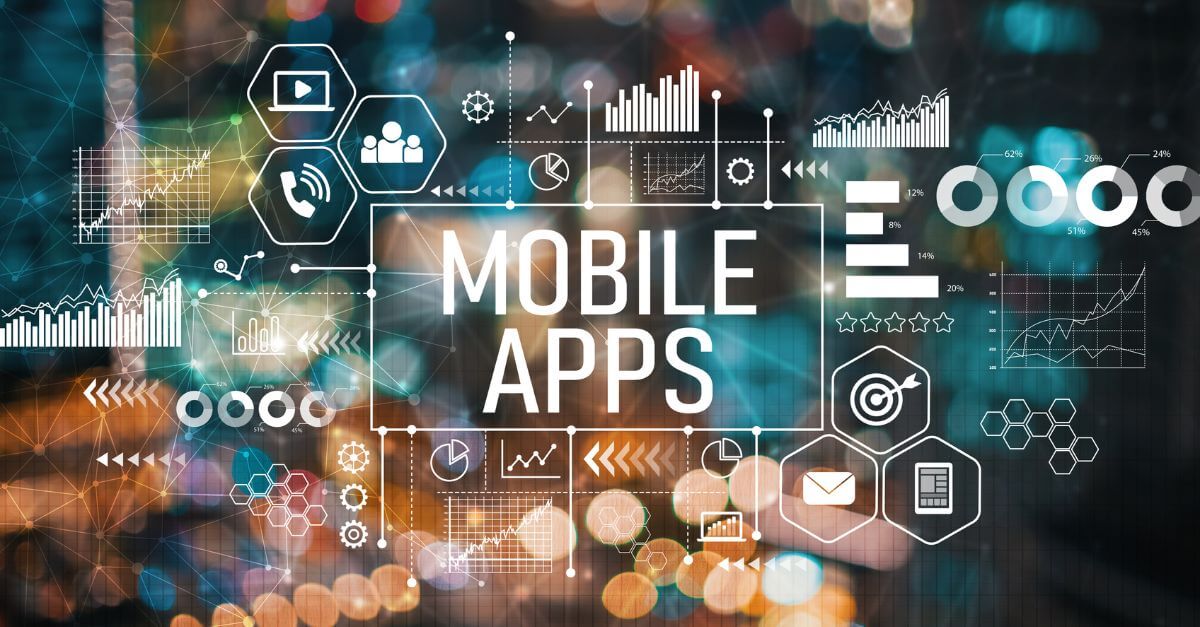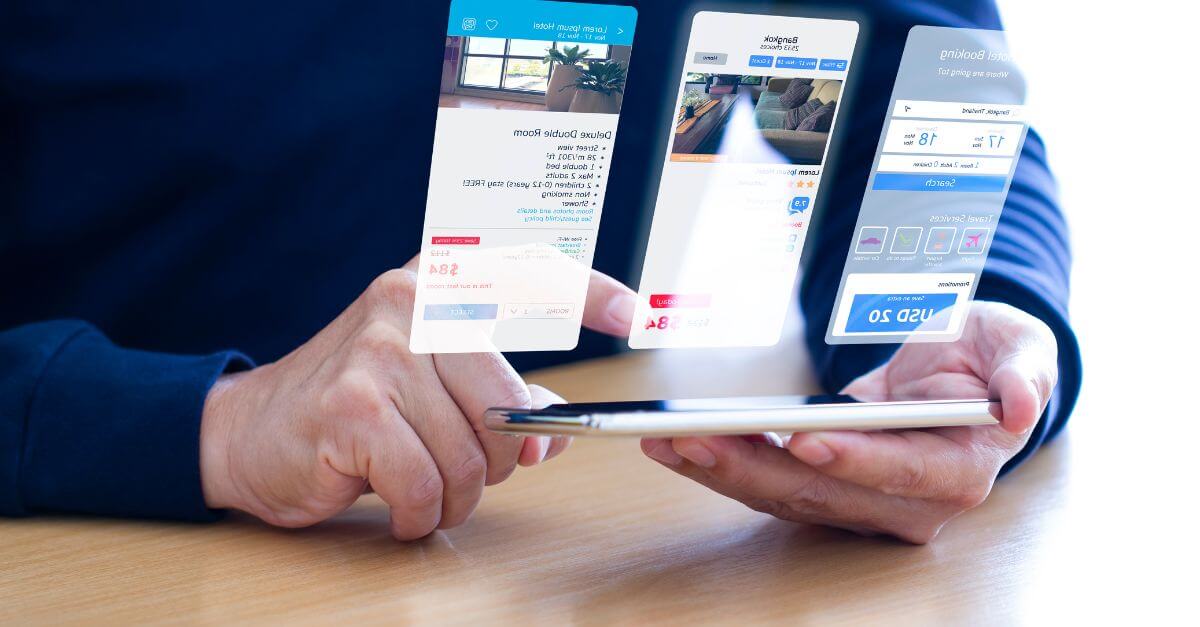Mobile Accessibility or how to create apps that work for all users

The mobile phone is increasingly an extension of our lives. We live glued to the smartphone carrying out a wide variety of activities. These range from reading the newspaper, shopping online or communicating with our loved ones. In this sense, accessibility and universality acquire a fundamental role for any brand.
In this article we will talk about everything we need to know about
mobile accessibility
.
What is accessibility in mobile applications?
People who have any type of disability also have the right to use the different mobile applications, or surf the Internet. In fact, according to data from Satista, last March Google Play Store already had 2.6 million applications. For its part, its closest competitor, Apple, already had 1.6 million. Additionally, worldwide we find more than 1000 million users with some type of disability. Of these, 20% may have difficulty carrying out their daily tasks.
Likewise, the data offered by us since the last Ditrenda Mobile report cannot go unnoticed. In Spain, 88% of the inhabitants already have a mobile phone in their possession. In fact, it is the main device that users use to browse the Internet. Therefore, the smartphone has changed the way we know how to work, relate and do our daily tasks.
We browse our social media profiles, use all kinds of apps, and much more. We also use our smartphone to carry out all kinds of purchases, and take care of our finances. Therefore, nowadays it is possible to do everything only with the mobile phone.
Include the whole society
For this reason, accessibility in mobile applications is a fundamental factor when launching any type of application. It must be compatible for everyone. We can define it as the ability of any person to carry out any type of activity, use an object or visit a place. In addition, we cannot ignore that the average population is getting older. Therefore, the possibility of finding users with some type of disability is increasingly frequent.
In this sense, mobile applications are no longer limited only to the mobile
phones themselves. Smart devices extend to televisions, or tablets, among others. Therefore, as app
designers
we must also take into consideration all these types of devices. Likewise, we must not forget any type of disability. The most common are people with a reduced level of vision, although it can also be extended to all those users who are missing an arm.
What to consider to make a mobile app accessible
When we think about designing mobile applications that are accessible it is vital to think about some of the following features to avoid problems:
1. Perceptible
We should not overlook that most smartphone models have a reduced screen. Therefore, it is important that we select well the amount of simultaneous information we give. Some of the
best examples we can find are these
.
Including the option to make zum will help to better understand what we want to communicate. Also, on many occasions, users will consume the app outdoors. Therefore, we must not forget to have a contrast option in the design.
2. Operable
The configuration of the keyboard in touchscreen mobiles is of vital importance so that users can interact properly. You have to think about where to place all the buttons so that they are intuitive. In this way, we will get everyone to spend more time using our application. This is vital to be able to monetize it in the future.
3. Understandable
It is essential that the application adapts to the needs of the user. In this sense, for example, if you rotate the phone, so must the content of the app. Each of the product tabs should follow a uniform scheme, placing the most important elements at the top. This facilitates the work of all people who have a visual disability.
Also, classifying the sections with similar action buttons in the same space is recommended. In this way, we will be able to improve the user experience, by not having to scroll looking for each of the options. Including a help tab on how to use the application will also facilitate accessibility in all groups.
In addition, people with motor difficulties may also require the use of buttons instead of the touch screen. Therefore, it is recommended that we include both options to avoid problems with a sector of society.
4. Robust
We must think about all the special situations that users may encounter when accessing our application. For example, on many occasions, you have to create an account that involves giving an email address. In this case, signs such as the at sign or the underscore must be available.
This is vitally important to help users be able to include their data, reducing the margin of error on the part of developers. This aspect will help us to create multiple projects that are
success stories
.
5. Multichannel
For blind people, in addition to the implementation of braille in the application, there are other options that we can include. Voice assistants such as Siri, in the case of iOS, or Google Assistant on Android are a really attractive option. It will allow users to communicate by speaking without the need to type.
These types of tools can go a step further. Android Talkback and iOS VoiceOver are features that let you narrate what’s on the screen. This way, visually impaired people have the opportunity to understand what’s happening in the app, even if they’re not seeing it.
In conclusion, these aspects of
mobile accessibility
are essential to achieve our mission. The ability to offer an app that is accessible to everyone, regardless of the disabilities they may have.
Accessible mobile app, Mobile Accessibility
Go back



